Basic Baby Chick Care Guide
By: Lisa Steele - Fresh Eggs Daily
So...you've done your research into how many chickens you are allowed in your area, you've chosen the breeds you want to raise, maybe even placed your order for day old chicks due in the spring or checked with your local feed store about when chicks will be available. Now what?
QUICK CHICK CHECKLIST
Here's what you will need before your chicks arrive:
- Brooder - either homemade or store bought
- Heat Lamp with Two Red Bulbs or Brinsea Eco-Glow
- Small Thermometer
- Chick Starter Feed (either Medicated or Non-Medicated, we recommend Non-medicated)
- Chick-sized Feeder
- Chick-sized Waterer with Marbles
- Chick-sized Grit
- Rubber Shelf Liner/Newspaper
- Pine Shavings
- Plain Pedialyte, Manna Pro Life-Lytes or Sav-a-Chick
BABY CHICK SET UP AND CARE GUIDE
BROODING AREA
The first thing you will need to do is set up a brooder box. I made mine out of a clear plastic storage bin (available at Lowes, Walmart, Home Depot and other places). Just cut out a 'window' in the top, cut a wooden frame out of furring strips and bolt on 1/2" hardware cloth.
If you have more than just a few chicks, you can even join two (or more) boxes easily. I cut a hole in the side of each tote and taped a plastic container with the top and bottom cut out to create a 'tunnel' between the two boxes.
Now you've got a nice place for your chicks to grow up, safe from your cats, dogs and kids. Brooders should always be covered because even without the threat of cats, dogs or kids (or snakes that somehow manage to get into your garage - as we learned once the hard way), chicks learn to fly fairly quickly and you will have escapees in no time.
A piece of cheesecloth over the top can also cut down on a lot of the dust created and help keep more of the warmth from the heat lamp inside.
These puppy playpens make wonderful brooders as well. They are easy to clean, roomy and keep the chicks safe. You can also bring it outside on nice days and remove the bottom so the chicks can feel some grass beneath their feet. I have brooded chicks both with the EcoGlow heater and a broody hen in my playpen and it works wonderfully.
Newspaper alone should not be used on the bottom of the brooder because it is too slippery, especially if it gets wet, and can cause straddle leg in chicks. I use rubber shelf liner cut to fit the bottom of the brooder on top of several layers of newspaper (black and white only, colored sheets can contain lead) and it works great. The chicks can get a good grip on the shelf liner while the newspaper underneath absorbs spilled liquids. After a few days, once the chicks learn what is food and what is not, a thin layer of pine shavings can be added. The shelf liner is easily removed, rinsed off and replaced.
Some might be tempted to use sand and just scoop out the poop like a kitty litter box, but that is not recommended by poultry experts because the chicks will be tempted to eat the sand and can end up with impacted crops. Sand also can harbor e.coli. For those reason pine shavings are recommended (also never use CEDAR which can be toxic).
I screwed two dowels into one corner of the box for the chicks to practice perching on. They love hopping up and balancing on the roosts.
I also fill a small plastic container with fine dirt for the chicks to take dust baths in. The dirt also doubles as grit that the chicks need if you feed them anything other than chick feed.
HEAT
A well-secured heat lamp will be necessary to keep the chicks warm. A red light prevents picking and stresses chicks less than a white light will. I normally use a white light by day and then switch to a red light at night.
The temperature in the box should be 95 degrees the first week, and then reduced by 5 degrees per week. I have a thermometer attached to one wall of the brooder so I can regulate the temperature by adjusting the height of the light.
Rule of Thumb Temperature Chart
1st week 95 F
2nd week 90 F
3rd week 85 F
4th week 80 F
5th week 75 F
6th week 70 F
(At six weeks old, if the daytime temperatures are close to where your brooder temperature is, they can start spending time outside, at least during the day.)
NOTE: The best way to judge the temperature in your brooder is to watch the chicks to be sure they seem comfortable. If they are cold, they will be huddled under the light, peeping loudly. If they are too hot, they might be holding their wings out or panting, and clustered as far from the heat as possible. Happy, well-regulated chicks will be scampering around the brooder, cheeping contentedly.
Be sure you have a spare bulb...just in case. You don't want your bulb burning out, necessitating an emergency run out to try and find a new one in a hurry. It's very important to keep the brooder box temperature constant. Chicks are extremely susceptible to being chilled.
Brinsea sells a neat product called the EcoGlow. It replaces the heat lamp. The babies crawl underneath to sleep and then come out to play and eat, going back underneath when they get cold. It more simulates being raising by a mother hen. This is my first time trying it, and so far, it works really well and eliminates the need to be constantly adjusting the heat lamp.
If you've ever wondered what people did before the days of heat lamps and ready made brooders (or in case of a power outage nowadays!) according to Minnie Rose who wrote 'Recipe for Raising Chickens' and who raised chickens for 60 years before dying in 1975 at the age of 86, if a chicken for whatever reason couldn't or wouldn't care for newborn chicks, she would put the chicks in a box with shredded newspaper and a glass jar filled with hot water wrapped in aluminum foil to radiate heat, cover the box with an old wool sweater to keep the warmth inside, and place it near a heater.
Great information to keep in the back of your head if ever you lose power or your heat lamp bulb burns out and you can't get another one right away (although I always have a spare in the house just in case).
ARRIVAL DAY
On the day the chicks are due to arrive, call your post office early in the morning and keep calling until the truck has arrived with your chicks. You will want to be there to pick them up as soon as they are unloaded.
Turn on the heat lamp before you leave the house to pick up the chicks so the brooder is up to temperature when you return. Fill the feeder with chick feed and fill the waterer with water so it can warm up room temperature by the time you get back. Cold water can chill the chicks and actually possibly send them into shock. It is also a good idea to bring a small container of room temperature sugar water or plain pedialyte with you to the post office so the chicks can have a much-needed drink of energy as soon as possible.
A warmed eye pillow (like those filled with rice that can be microwaved and heated up) is also a good thing to bring with you to pop into the box to help keep the chicks warm for the ride home. They seem to like it in the brooder also as a sort of 'security blanket'.
Once you get them home, check each chick one by one for 'pasty butt' and clean off any poop stuck on their vent with a q-tip moistened with warm water or vegetable oil. Pasty butt literally stops up the chick so they can't excrete their poop and can be potentially fatal. It can be caused by stress or extreme temperature changes often endured during the travel from the hatchery.
This is a nice clean butt. Exactly what you want to see.
Continue to check butts for the first few days. Feeding the chicks cornmeal or ground raw oatmeal can help clear up pasty butt. Be sure and provide chick-sized grit if you feed your chicks anything other than chick feed. Chicks are susceptible to diarrhea, so be sure to keep the bedding dry and changing out wet litter that can harbor bacteria.
Dip each chick's beak into the water as you take them out of the shipping box and make sure each takes a drink before setting them in the brooder to explore and rest from their trip. There should be clean fresh water and dry feed in the brooder box at all times. Chicks are messy so check often to make sure they haven't tipped over their water or feed containers.
WATER
Chicks need constant access to fresh, clean (an oxymoron with chicks, but do your best to keep the water shavings- and poop-free) water. I usually start off with small shallow dishes (be sure put a few small stones or marbles in the water dish so the chicks don't drown in it) and then switch to the regular chick feeders and waterers after a few days.
However, the traditional metal or plastic mason jar feeders and waterers tend to tip over, are hard to refill and clean, and I have had chicks get stuck behind them when I put them in the corners....so be vigilant when using them. It helps to raise them up off the floor a bit with a piece of wood or sturdy ramekin or souffle dish turned upside down, so fewer shavings get in them.
FEED
Chicks will naturally eat whatever is at their feet, so using a paper plate or shallow dish with some feed on it works well, allowing the chicks to walk around and peck at the feed. Of course, they also will poop all over the plate, so after a few days once they recognize what is food, you can switch to a regular feeder.
An easy homemade feeder that I found worked better than the traditional mason jar feeder is the bottom of a plastic egg carton screwed into a piece of board. The chicks eagerly lined up to eat from it.
You will generally have the option to get your chicks vaccinated against Mareks before they are shipped. Since most chicken runs have traces of Marek's not matter how vigilant and clean you keep them, and which is pretty much untreatable, out of fear of carrying the virus inside with you to your new chicks, you might feel more comfortable getting them vaccinated.
You can also choose to give your chicks medicated feed for about the first eight weeks. The feed will give them immunity to coccidiosis. After that, they should be strong enough to start to built up a natural immunity, so you will switch them to starter/grower feed which is unmedicated. Coccidiosis is the number one cause of death in chicks, so as an added precaution you can feed the medicated feed to new chicks.
If you decide not to feed the medicated chick feed (I don't), be on the lookout for any signs of red-tinted or bloody stools, lethargy etc. It could be coccidia, a highly infectious, potentially fatal, parasitic disease of the intestinal tract. There are commercial medications, such as Sulmet, that can be administered if coccidia is diagnosed, (although I don't recommend ever administering Sulmet due to its lack of withdrawal period - meaning you should never eat eggs from that chicken.) There are also holistic remedies available such as Kocci Free.
A bit of apple cider vinegar, such as Bragg, splashed in their water and some probiotic powder in their feed can also help combat intestinal problems in chicks. Probiotics are thought to guard against coccidia as well. Fresh minced garlic will give their immune systems a nice boost.
In a pinch if you run out of chick starter, you can mash up hard-boiled or scrambled eggs for your brooder babies? Chicks on farms in days gone by were often fed eggs before the advent of commercial chick feed. Mixed ground raw oats and cornmeal are also a feed option in an emergency, and all are healthy 'treats' we supplement our chicks' diet with.
TREATS
From the start I also give my chicks clumps of grass (dirt and roots attached) and weeds (but nothing that has been treated with any pesticide, herbicide or other chemicals), soft cooked oatmeal, earthworms, and scrambled eggs as treats. The dirt acts as the necessary grit they need to help grind up the fibrous grass. (If you feed chicks anything other than chick feed, they NEED chick-sized grit or dirt to help digest)
Chickweed is a particular favorite! Go figure.
TRANSITION TO THE RUN
At about 8 weeks, weather dependent, I will start letting the little ones outside in an enclosed run or pen on nice sunny days, but bring them back into the house to sleep, until the temperature in the brooder box is the same as the overnight ambient temperature outside. At this point, I hope you have given some thought to your coop and run area because your babies are big enough to start living outside full time.
Raising chicks is a wonderful experience and I hope that this has given you some helpful tips to make it easier. I find that the chickens I have raised from day old are much friendlier and more affectionate than the few that I have gotten as pullets. And there is nothing cuter than a baby chick!
Excellent source for mail order chicks include:
Meyer Hatchery
My Pet Chicken


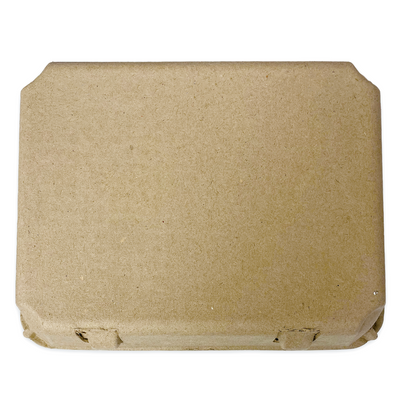
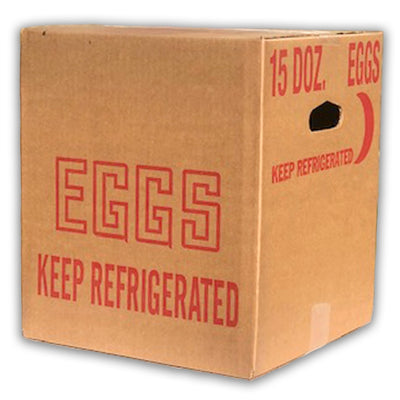
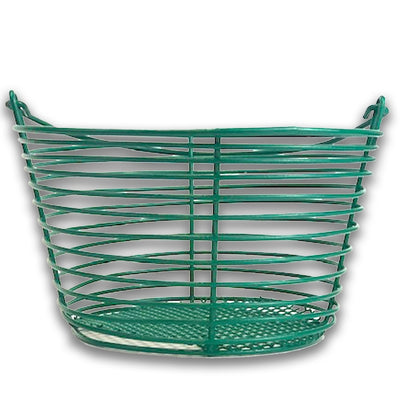
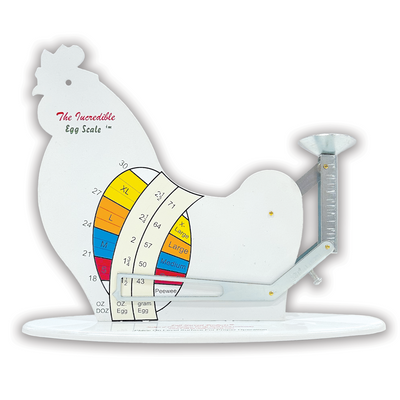
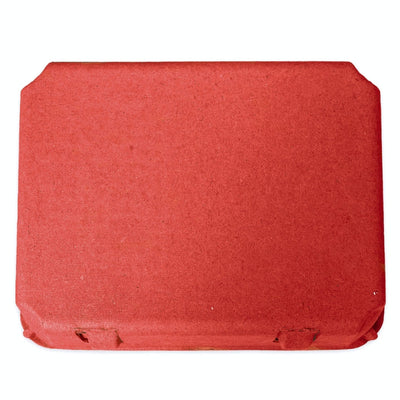
Leave a comment